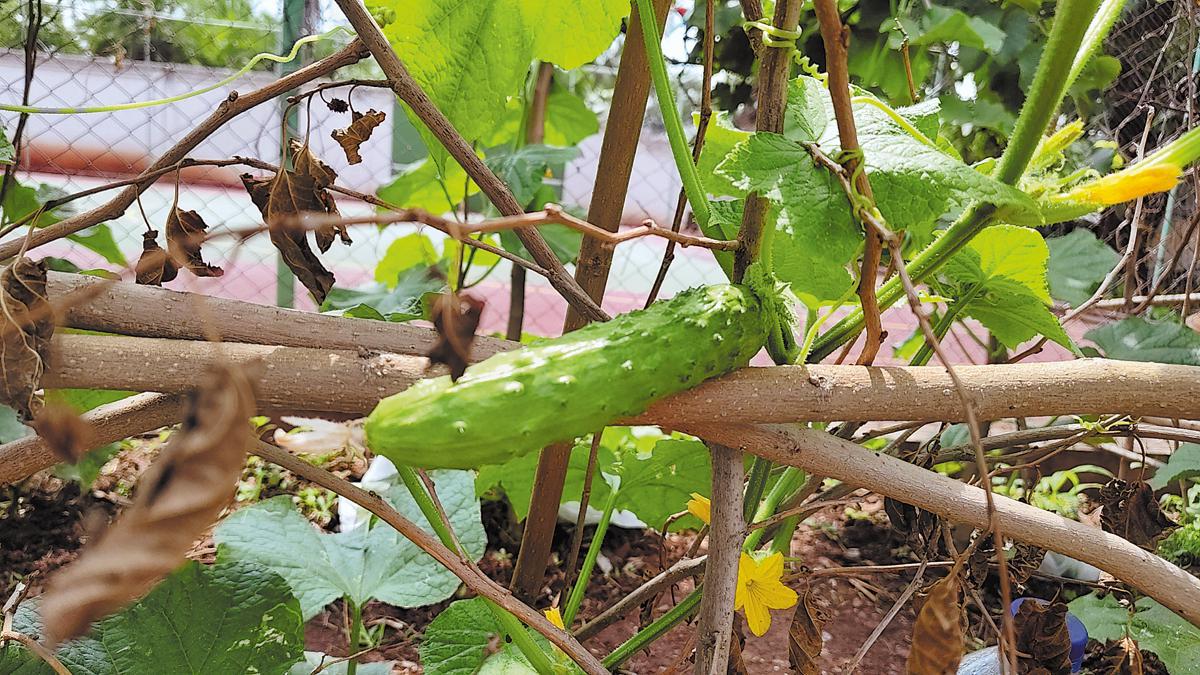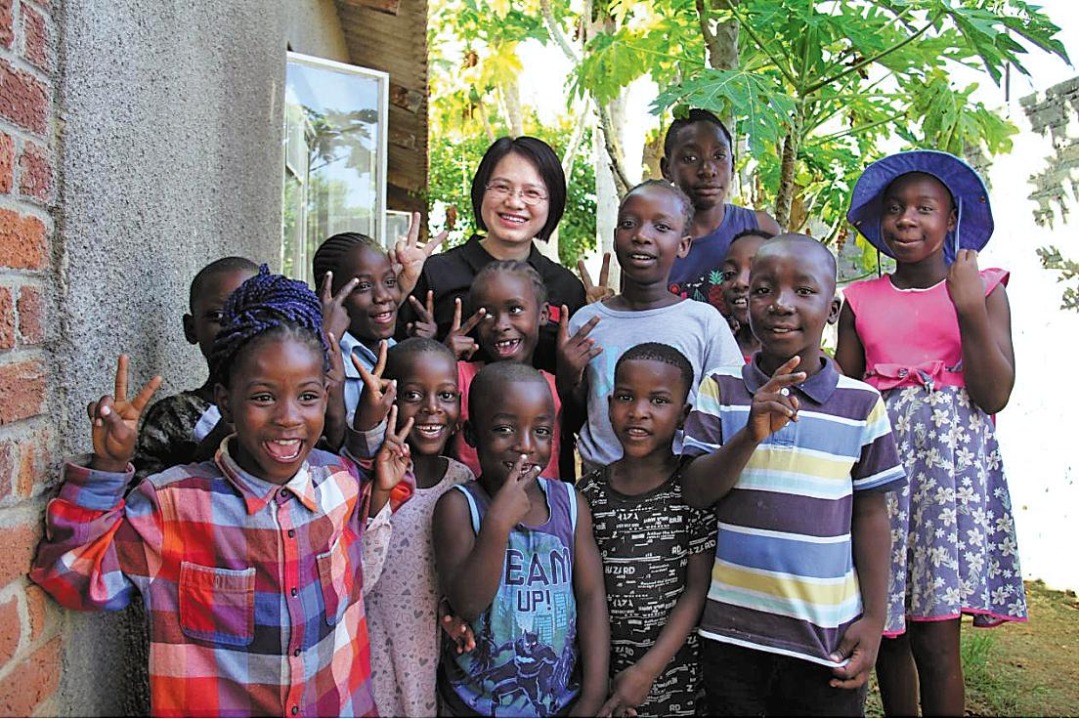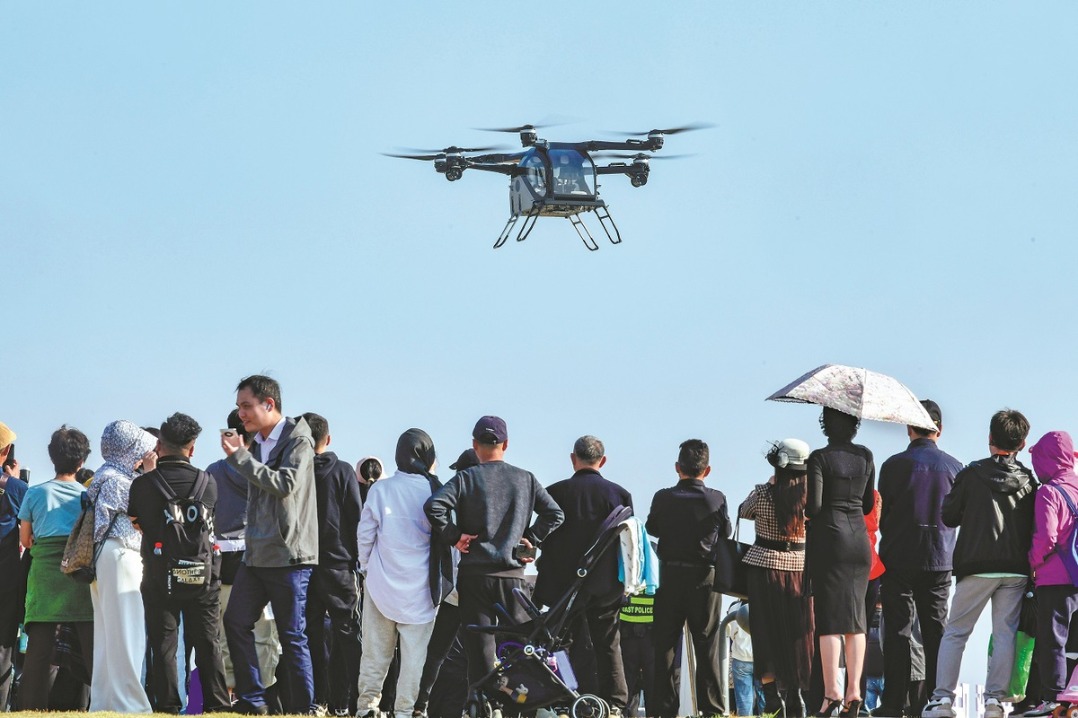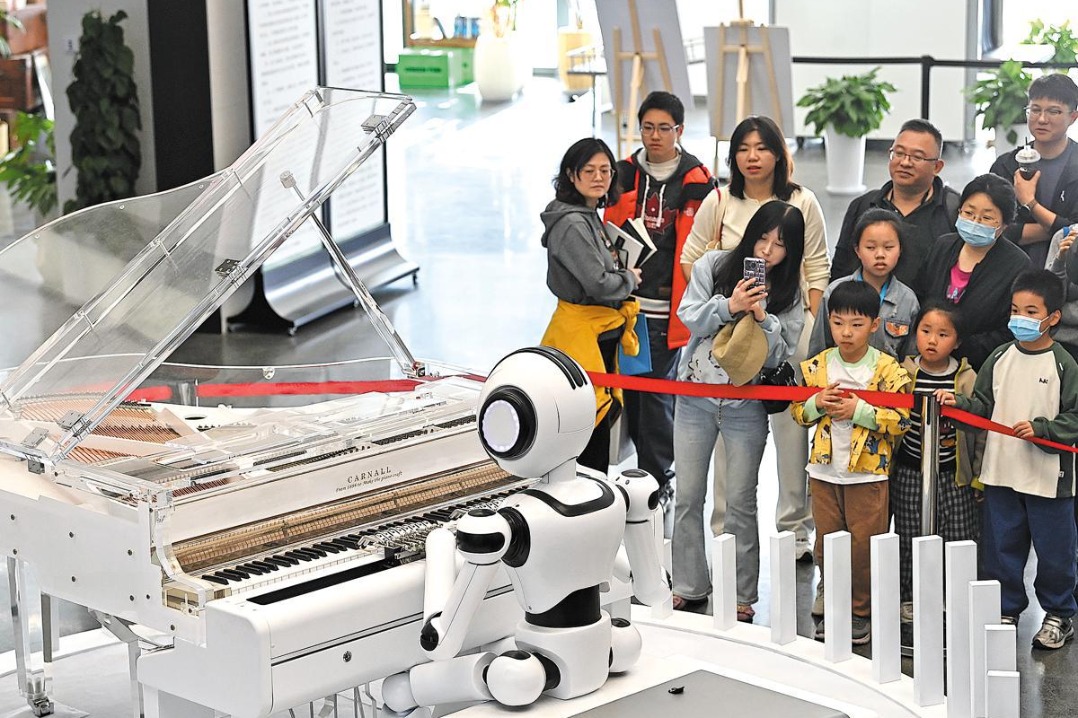African trip changes doctor's worldview
Scarce resources, extreme heat and language barriers posed challenges for medical team


Wen improvised by fashioning a non-invasive device, carefully adjusting airflow to prevent lung damage. To mimic the protective warmth of the womb, she wrapped Beauty in plastic film, securing it with tape to minimize heat and moisture loss.
The greatest crisis struck when Beauty's heart rate plummeted to 30 beats per minute during a prolonged apnea episode. Wen immediately initiated manual ventilation while directing nurses to administer a stimulant for preterm infants, as well as glucose to stabilize blood sugar.
For almost five hours, she knelt beside the incubator, rhythmically squeezing the bag, her eyes locked on the cardiac monitor. Finally, Beauty gained spontaneous ventilation, with Wen's medical gown soaked by sweat.
By the time of her discharge over two months later, Beauty weighed 2,050 grams — a milestone celebrated with laughter and tears. "I want my daughter to be a doctor like you," her mother said, clasping Wen's hands.
Wen's mission extended beyond saving lives. She conducted weekly training sessions for local nurses and interns, demonstrating neonatal intubation techniques on handmade silicone models. Her bilingual Handbook on Flu and Diarrhea Management, distributed during rural outreach, became a lifeline for communities lacking clean water.
During 16 grueling mobile clinics that benefited over 6,000 patients, she trekked to remote villages where families walked for hours under a blazing sun. In one orphanage, she treated malnourished children while distributing candies from her own stash — a small gesture that drew radiant smiles.
"Their gratitude humbled me," she said. "I could not complain about the heat or being tired from traveling, because local people were lining up for hours for me to treat them."























